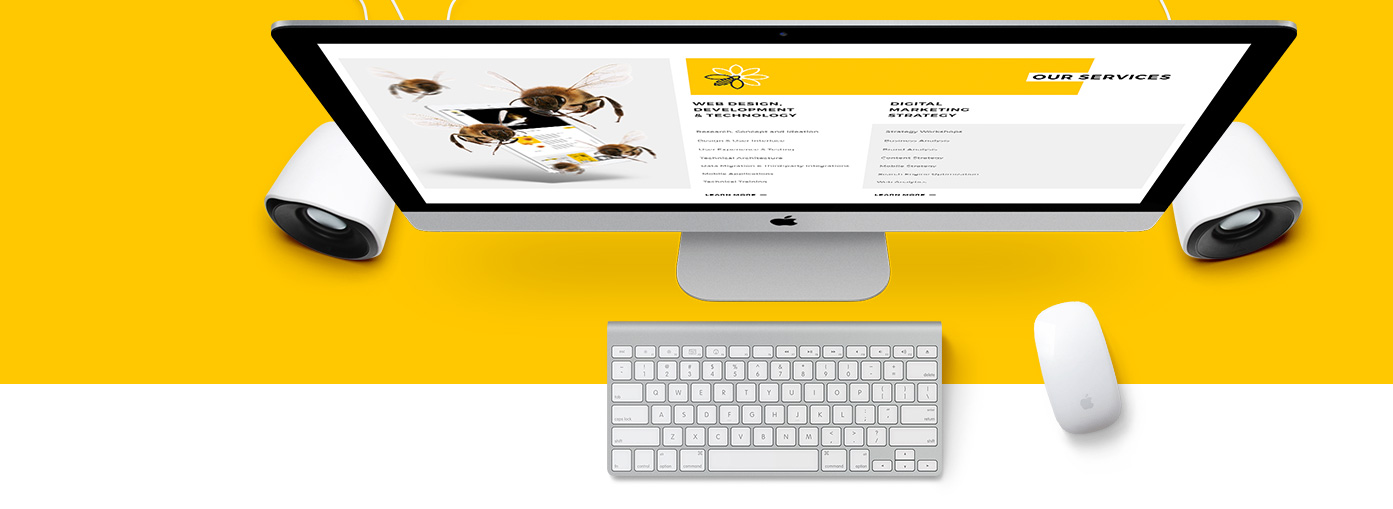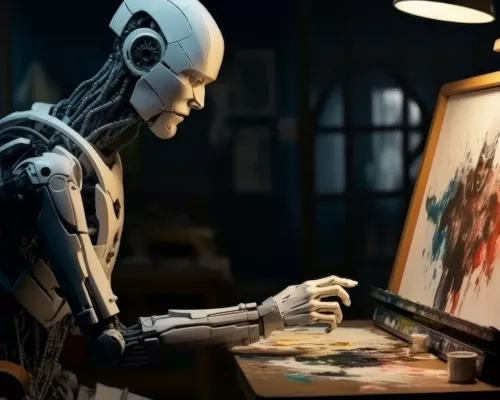Creativity is at the heart of everything we do at Webeestudio. But here’s the truth: inspiration doesn’t just appear out of nowhere. It needs space, collaboration, and the right mindset to thrive. Over time, we’ve learned how to keep our creative energy alive as a team, even when deadlines are tight and projects pile up.

- Read more about How We Keep Creativity Flowing as a Studio
- Log in to post comments











